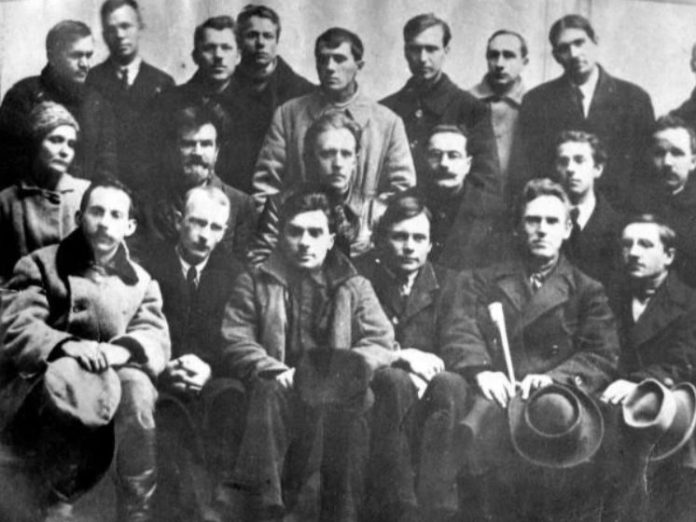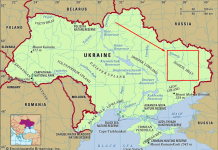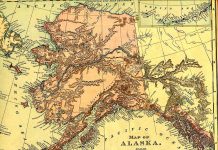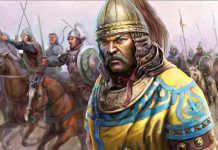Executed Renaissance was a generation of Ukrainian language poets, writers, and artists of the 1920s and early 1930s who lived in the Ukrainian Soviet Socialist Republic and who were killed by the Soviet regime. Almost three hundred representatives of the Ukrainian Renaissance of the 1920s and 1930s were shot between 27 October and 4 November 1937 at Sandarmokh, a massive killing field in Karelia (northwest Russia). Some important representatives of this generation survived. Many remained in the Soviet Union: Oleksandr Dovzhenko, Pavlo Tychyna, Maksym Rylskyi, Borys Antonenko-Davydovych, Ostap Vyshnia, and Mykola Bazhan.
Russia’s full-scale invasion of Ukraine in 2014 is not an extreme act of Commander-in-Chief Vladimir Putin’s madness. It is an iteration of the imperial policy that Russia has pursued towards Ukraine and other conquered nations for centuries. Sandarmokh, although Soviet in form of an extrajudicial massacre was a crime scene of imperial content: the annihilation of a subject nation’s cultural elite, the bearers and propagators of the idea of cultural identity, independence, and emancipation.
It is no coincidence that today’s Russian military propaganda language is identical to that which was used during the extrajudicial purges in the 1930s: in the Stalinist era, the expression ‘Ukrainian nationalist’ was in itself both a stigma and a sentence. And today Russian television broadcasts Ministry of Foreign Affairs briefings about the ‘annihilation of Ukrainian nationalists’ with the same self-explanatory linguistic shamelessness: if one is a nationalist, one deserves to die.
Justice is demanded not only by the victims of Irpin, Bucha, and Mariupol but also by the victims of Sandarmokh and Holodomor.
This man coined the word ‘Genocide’. Here is Dr Lemkin’s speech on Holodomor in Ukraine >










